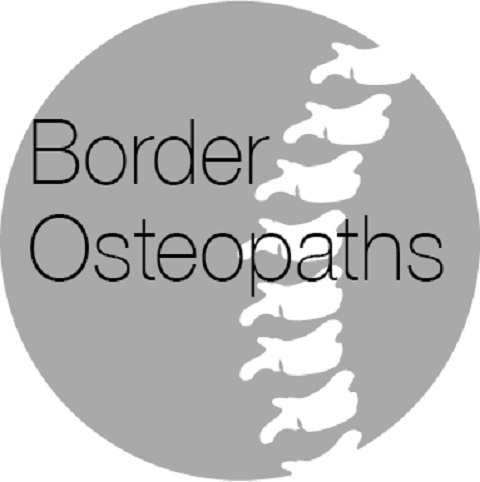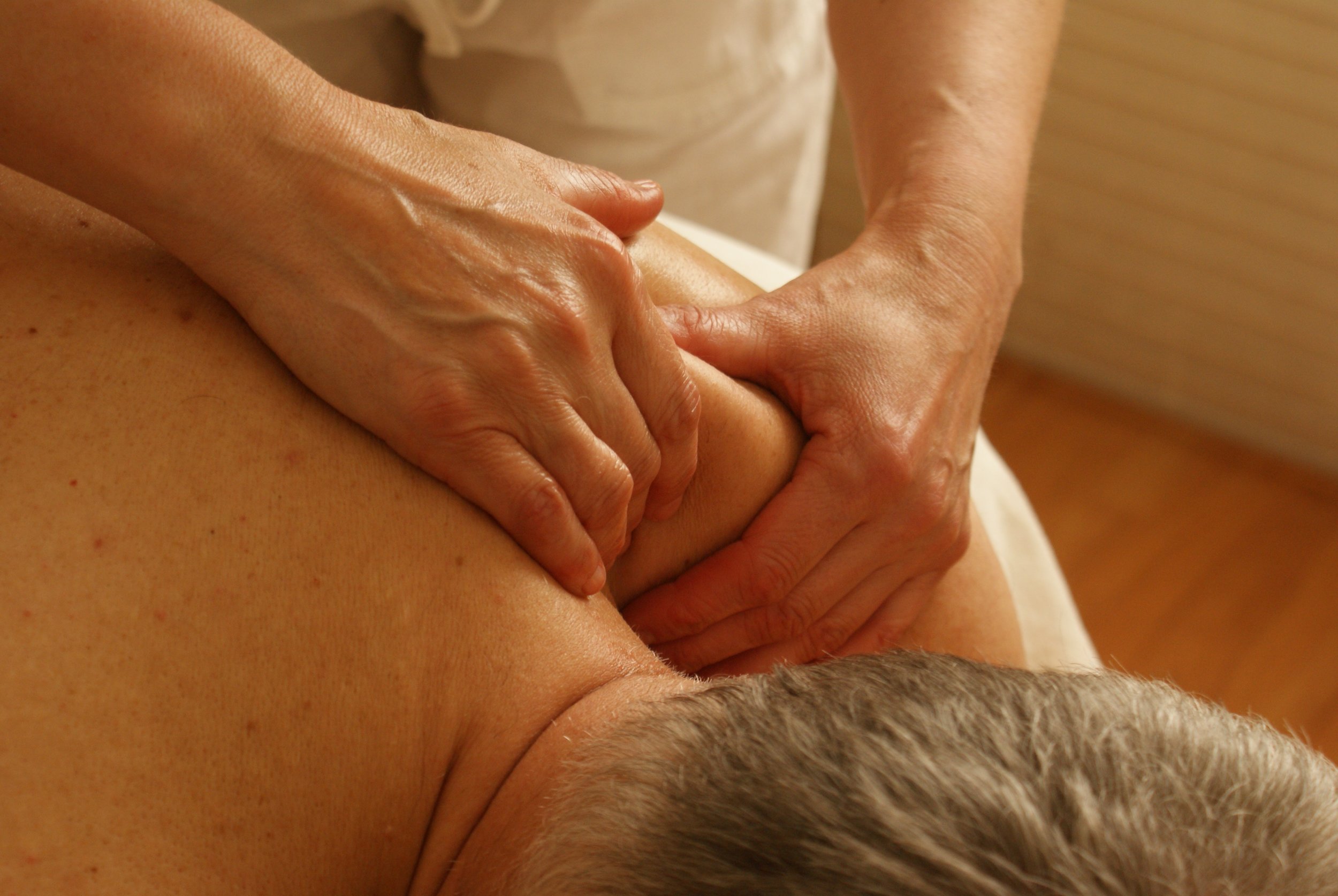What Is Osteopathy?
Defining osteopathy is not easy as it means different things in different countries. Osteopathy originated in the United States as a manual form of therapy aimed at helping the body to promote its innate healing mechanisms. However, in America, the profession quickly evolved and osteopaths became the equivalent of M.Ds (medical doctors). They now represent 12% of the total medical profession (125,000 of the total 1,046,000) and are probably best described as ‘holistic general practitioners’ although a proportion are surgeons. In Britain, osteopathy is much closer to the original, still being a manual therapy.
So in America Osteopaths are now ‘Doctors’ of whom some practice manual therapy whereas in Britain (and the rest of the world) osteopaths practice purely hands-on manual therapy. So what is osteopathy? Let us leave America to one side and look at this question from the perspective of the rest of the world and in particular Britain, where osteopathy has been established the longest and has the largest number of practitioners.
Osteopathy in Britain
The Osteopaths Act of 1993 was designed to regulate a rather disparate group of people calling themselves osteopaths. What they would probably all agree on is the desirability of looking ‘holistically’ at the patient and gauging influences on a presenting complaint from trauma, psychological, emotional, or pathological perspectives. Mind you, that is no more or less than any medically trained practitioner should and hopefully will be doing! Humans are complex after all.
The word osteopath means bone (osteo), disease (path), as in pathology. However, osteopaths do not fix fractures or bone disease (you go to casualty for that) but they regard themselves as muscular-skeletal therapists like physiotherapists and chiropractors. In theory these three state regulated professions should all be moving forward and converging over time as research and experience reveals good diagnostic and treatment practice. There is always a dilemma for patients as to who they should see, a physiotherapist, chiropractor, osteopath or even an orthopaedic consultant or rheumatologist.
Let’s look at osteopathy and osteopaths more closely. We said earlier that the Osteopathy Act brought a disparate group together. The act fudged the question as to what osteopathy is by saying that ‘osteopathy is what an osteopath does’! However osteopaths are diverse and treatment approaches vary. But this is unhelpful for prospective patients of osteopaths, so we shall aim to outline broad methods adopted by different osteopaths.
Traditional manipulation
Traditional manipulation of joints, especially the spinal joints, was the original treatment method. These ‘High Velocity Thrust’ techniques (HVT) are aimed at restoring good range and quality of movement to affected joints (mainly spinal). Massage to associated muscles is often used as well. HVTs often produce an audible ‘click’ which has given rise to the urban myth that the click has ‘put my bone back in place’. If the bone was ‘out of place’ before, that is a pretty serious injury and you would most likely be in A&E! HVTs are probably used a lot less than in the past partly due to a (small) risk of adverse reactions and partly due to the expectation that other methods can have similar outcomes.
Cranial Osteopathy
Cranial osteopathy was developed by Dr. William Sutherland in the 1930s. The principle behind Cranial osteopathy, also called cranio-sacral therapy, is the aim of restoring or helping good functioning of the “Involuntary mechanism” (IVM). The “mechanism” is postulated to drive every cell in the body in a wave of expansion and contraction which can be detected by the practitioner and, once detected, gently influenced by the therapist to restore good function of the involuntary mechanism. Malfunctioning of the rhythm causes dysfunction to the body, not only in the muscular skeletal system but potentially in the organs and the rest of an individual as well. This later addition to osteopathic techniques is not universally accepted by all osteopaths, many finding the principle unscientific, unproven and undetectable, more akin to the laying on of hands to influence healing. The practice is however widely used by many osteopaths, some using it extensively and some as a varying proportion of their treatment and diagnosis.
Orthopaedic Approach
Many osteopaths use an orthodox orthopaedic approach to diagnose muscular skeletal conditions. They would be following a similar ‘orthodox’ model of diagnosis to an orthopaedic consultant or physiotherapist. They would also hope to be “holistic” in their reasoning and also, like all osteopaths, use palpation (investigation by touch) to establish a diagnosis. This is however also what all good practitioners of muscular skeletal problems would hopefully be doing!
Conclusion
So osteopathy has many guises as does physiotherapy and chiropractic. There may well be more similarity between a particular osteopath and physiotherapist than between one osteopath and another or even one physiotherapist and another.
How Do We Work At Border Osteopaths?
At Border Osteopaths, Diana and Richard have a broadly orthopaedic approach. We do not use a lot of manipulation in treatment and do not use cranial techniques. We aim for a sound diagnosis and then see our role as encouraging quick and efficient healing in each patient, aiming to improve range of movement and good functioning of joints and their muscles using massage, articulation of the joints and rehabilitation exercises as well as some other techniques and approaches. We can also refer patients to certain specialists or request imaging on a private basis if this is appropriate.

